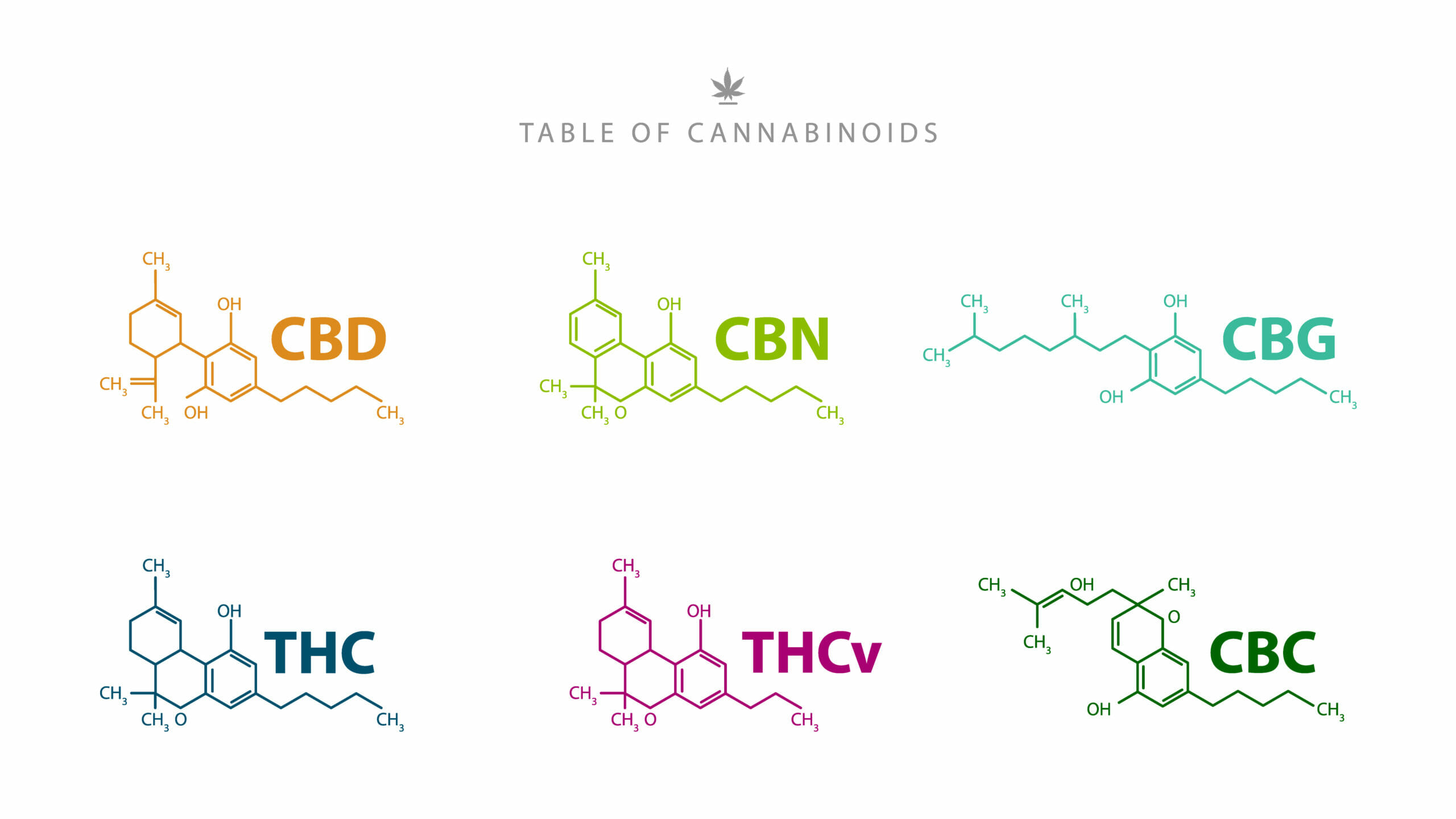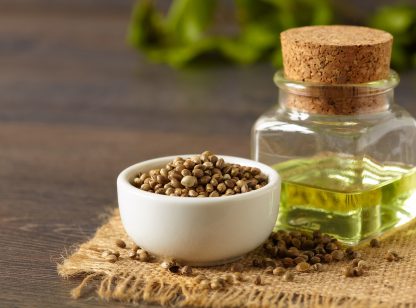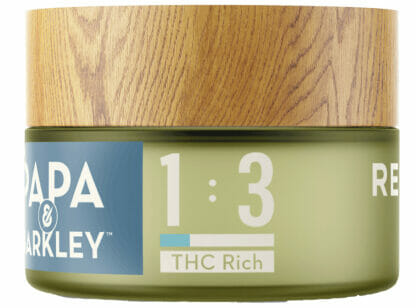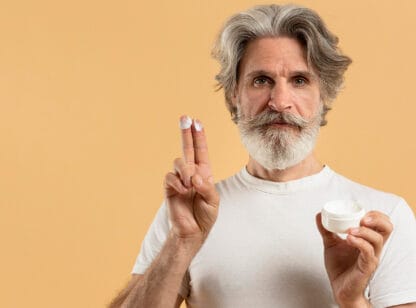THC. CBD. When it comes to cannabis, we understand those. But what are CBG, THCV, THCA, CBN and the nearly 100 other cannabinoids? With more research, it’s getting more and more confusing.
So, with each edition of Desert Health, I am going to focus on one individual cannabinoid and the science behind how and why it works, what effects it may produce, how it may help relieve specific ailments and what additional benefits you may enjoy.
So let’s first take a look at CBG.
Like THC, CBG reacts with the cannabinoid receptors in the brain, but does not get you high. CBG acts as a buffer to the psychoactivity of THC by working to alleviate the paranoia sometimes caused by higher levels of THC.1
Research has shown that CBG works to fight inflammation, pain and nausea and may slow the proliferation of cancer cells. Strains high in CBG have been found to be beneficial in treating conditions such as inflammatory bowel disease, Crohn’s disease and cancer.2 Another study found that CBG increased the fluid outflow in the eye by two to three times, reducing the intraocular pressure. This suggests that CBG may have therapeutic potential for glaucoma.3
During the cannabis flowering cycle, the cannabinoid CBGA is either converted into THCA or CBDA, precursors for THC and CBD. The remaining CBGA (only about 1%) is later converted into CBG. The fact that it is produced in such minute quantities helps explain its premium price. Think of it as a caviar cannabinoid.
It’s really nothing new. Knowledge of CBG’s existence has been around since the early ’60s, but researchers weren’t that keen on delving into its uses until recently as it is now perfectly legal. It’s still kind of the red-headed stepchild of cannabinoids, standing in the shadows of THC, CBD and other more well-known varieties.
Integrative physician Dustin Sulak, DO strongly supports its effectiveness and is the driving force behind the popular Healer brand. His extensive clinical research has found that CBG can ease occasional nerve discomfort and sleeplessness, physical nervousness and absentmindedness while improving focus. And again, it doesn’t get you high.
Bonni Goldstein, MD, author of Cannabis is Medicine, is another true believer. She has prescribed CBG for autistic children and believes it can help lessen hyperactivity, speech issues and other conditions found in autistic patients. Dr. Goldstein attributes its efficacy to CBG’s ability to reduce inflammation. However, she readily admits more research is needed to substantiate her clinical findings.
We personally have experienced that a few drops, held under the tongue for about a minute, help reduce anxiety and enhance focus. We use it daily and have found that one bottle of CBG easily lasts a month with daily use. The bottle should be refrigerated and shaken just prior to use. Tinctures may take a number of days to produce benefits, so patience is paramount.
Lustman is the marketing director for Senior-High, a woman-owned educational resource for active adults interested in discovering the medicinal benefits of products derived from cannabis. They can be reached at (760) 459.4593 or visit www.Senior-High.com.
References: 1) https://www.womenshealthmag.com/health/a33405455/what-is-cbg/ 2) https://www.ncbi.nlm.nih.gov/pmc/articles/PMC7914500/ 3) https://pubmed.ncbi.nlm.nih.gov/1965836/













































Comments (0)